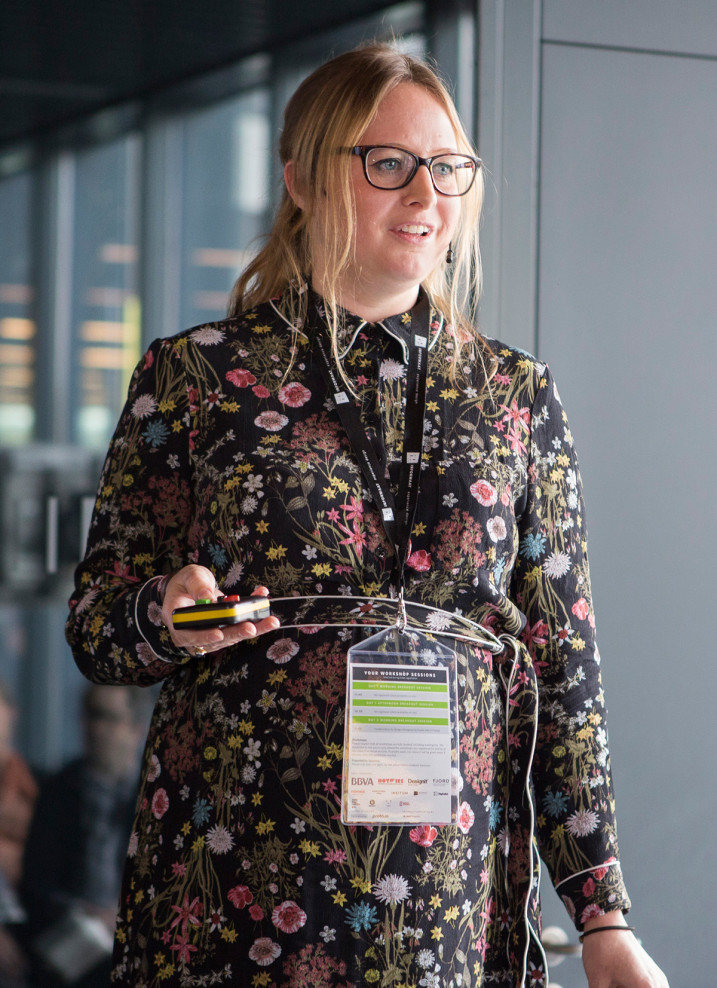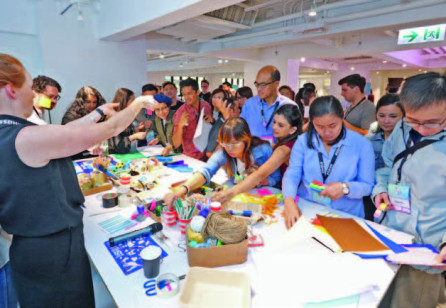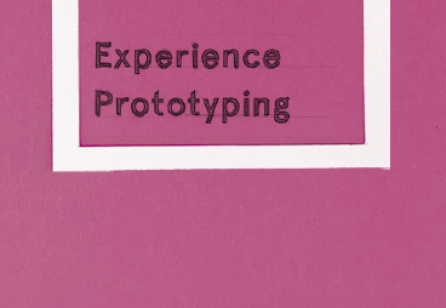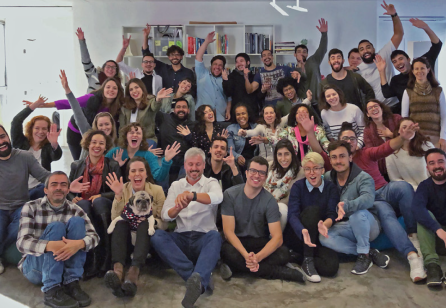In keeping an employee at the heart of problem solving how can businesses start to think about products and services differently?
"It goes without saying that there has been refocus on the service experience as industries are being disrupted by new businesses that are gaining more and more market share from older, more traditional organisations. For these traditional organisations, a focus on their employee growth and development will really support them in making changes to their service experience and competing with the disrupters in their industry. The skills and knowledge that their employees require may be different to what they have traditionally focused on, and learning opportunities related to their roles, the industry and the consumer climate will be required to ensure that they are able to drive the organisation forward from the inside. Encouraging them to share their ideas, innovate and challenge the status quo will also help the organisation to further adapt.
Customers are looking for a consistent service from organisations, whether that be on a digital platform, through social media or face to face/on the phone with a staff member. Therefore, we must ensure that our employees agree with and live by our values and brand. Our employees must truly understand why we are who we are, rather than what we are or how we do it as they are our strongest advocates in the marketplace. One way to do this is to consider our employees in the experiences we design in the same way as we consider our customers. Often, we see our employees as another cog in the wheel of the consumer experience, but we should be designing our services to create great experiences for them. If our employees feel valued, our customers will feel valued.
We also need to be thinking to the future, considering the skills' gaps we have in our organisations and how we intend to fill these through recruitment. Businesses have a social responsibility to help future generations prepare for the workplace, so that when they are ready to join them full-time, they have the skills and understanding required. We should be looking to apprenticeships and training programmes, supporting those coming up into the working world in the skills that they are not learning in their academic life, and creating a workforce of the future that fully understands the importance of customer experience."
What should the role of learning be within organizations?
"Understanding the motivations of your people is vital in having a truly functional and efficient workforce. Historically, the belief has been that benefits, whether financial or lifestyle, could motivate any workforce and create a happy company culture. However, forward thinking organisations now understand that a common driver for many or most employees is the desire for self-growth, and therefore inspiring a learning culture within your organisation is vital, not only to ensure that your organisation keeps abreast of the latest developments in your industry, but also to ensure an engaged and informed workforce who feel valued.
A learning culture can consist of a number of different elements, but fundamentally your workforce should be inspired to continuously and collaboratively seek to improve personal, team and organisation performance through acquiring new knowledge, training, collaboration between teams, and making space to make and learn from mistakes. It should be a culture where your employees should be empowered to stretch themselves, try new processes, approaches or behaviours and learn and share their experiences with others.
Learning professionals within organisations are transitioning from the traditional role of teacher and facilitator, where knowledge is provided when ‘pushed’, i.e. when we or the organisation believe that it is required. They should be working towards being curators of knowledge, supporting their people in acquiring knowledge at the point of need, in the format that they require, on the job, as well as in the classroom (the 70:20:10 methodology is commonly accepted as the standard methodology for this approach). Traditionally, they have sat under the HR function, separated from the business units of the organisation, but moving forward we are seeing a change here, where L&D professionals are now sitting within business units, working directly with Subject Matter Experts to ensure the best learning experience for those teams.
As Service Designers, learning should be a key consideration when implementing change and maintaining new behaviours. For your workforce to fully adopt change, they must feel confident (and engaged–see below) in the new skills and processes, as well as in their role within the organisation. Too often do we see the training budget or time eaten into by overrunning programmes, with L&D professionals left high-and-dry attempting to provide comprehensive learning programmes on a shoestring, often taking the heat when required changes are not maintained when the employees get back to their desks."
How do you get internal buy-in at organizations to create meaningful change in the ways that they operate?
"This is a huge question, and there are so many considerations including the psychology of change, the engagement of your workforce, what the drivers for change are, and the current culture and organisation structure in your organisation. However, I will frame my answer from a learning and engagement perspective.
As mentioned above, for employees to adopt change, they must feel confident in the required new skills and processes, as well as the understanding that their role is not going to be undermined. However, there is so much more to maintaining meaningful change in your workforce than this.
The problem we often have is that organisations are often too focused on the P&L, and this can have an impact on the successful implementation of behaviour change, something much more intangible, by side-lining it in a programme. As Service Designers, it is our responsibility to successfully highlight the importance of employee engagement and adoption.
McKinsey has reported that 70% of change programmes fail, and very often this is due to the people element, i.e. that your employees do not embrace and adopt the change. Naturally, individuals fear and resent change, and therefore encouraging transitions in behaviour, process, or practices is an uphill struggle. Therefore it is vital that our workforce not only sees why we need to change, but agrees with it and is excited by the prospect. Most organisations understand this to a point, communicating at the beginning of a programme what the current threat being faced is, and what the benefits to the organisation will be if new behaviours, systems or processes are adopted. However, we must understand that our workforce is a large group of individuals, and therefore change-messaging must filter through the organisation so that every employee understands the impact and benefit of a programme for themselves in their day-to-day job.
For many organisations, we see change only being forced top-down, and ultimately, these programmes struggle and fail. Using Kotter’s theories on change, programme managers now understand the importance of engaging employees from the beginning of the programme and creating a story of change that speaks to them as an individual as well as part of a larger team and organisation. Transparency is key, being open and honest about the problems the organisation faces, and encouraging the workforce to consider what can be done to improve the situation. Workshops, interviews, surveys and observations can be carried out to fully understand the needs of the employee, and also to support in creating our story for the change. All this must be conducted before any new behaviours, systems, processes or operations are introduced.
Running alongside the physical implementation of these changes, is the requirement for a detailed communication, recognition and training plans. An organisation must agree on the story and messaging of the change, and this must be consistent across all platforms and communication. An authentic and transparent tone of voice is key for employees to believe that they are part of the change, rather than it being forced upon them. A recognition scheme should be considered, whether through a system or offline, where those who have success, large or small, individual or team, are celebrated and held up as examples to inspire others. Finally, a robust and detailed training programme must be created and carried out in full to ensure that employees feel they have the skills and understanding to successfully implement the changes. Line Managers are a vital resource here, being great advocates on the ground, and they should be engaged separately and empowered to encourage the changes in their teams.
Finally, an ongoing observation period should be implemented, where we assess the success of the change and are able to run mop up sessions for anyone struggling. This period of time can be used for reporting purposes, but from a people perspective, it is a very important part of the programme, where we can address the individual concerns of our workforce who may be finding it difficult to adapt. If we fail to capture these concerns and find a solution, the likelihood is that the employees concerned will revert to their original behaviour, as well as be even less engaged that they were previously. Asking for adoption at a later date will become even harder than it originally was."









Share your thoughts
0 RepliesPlease login to comment